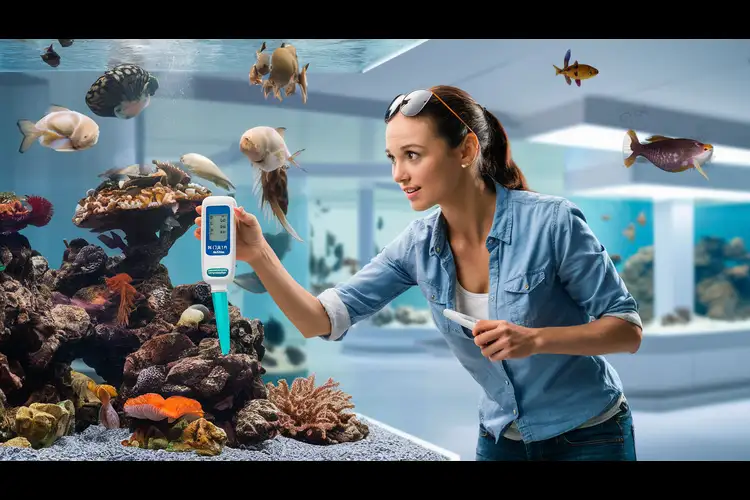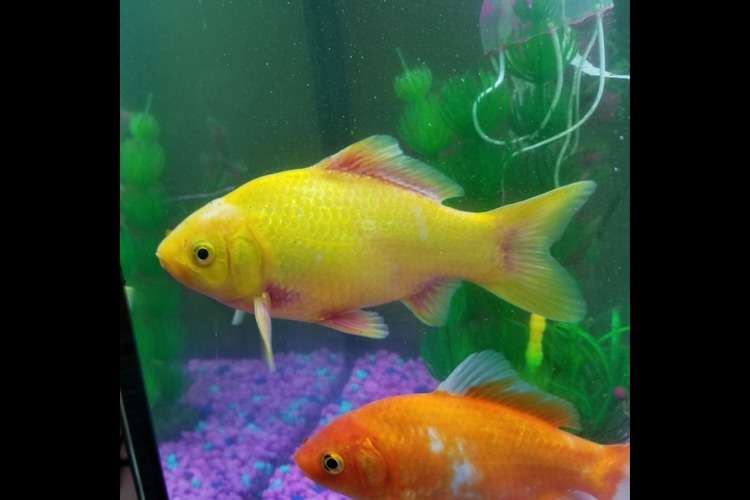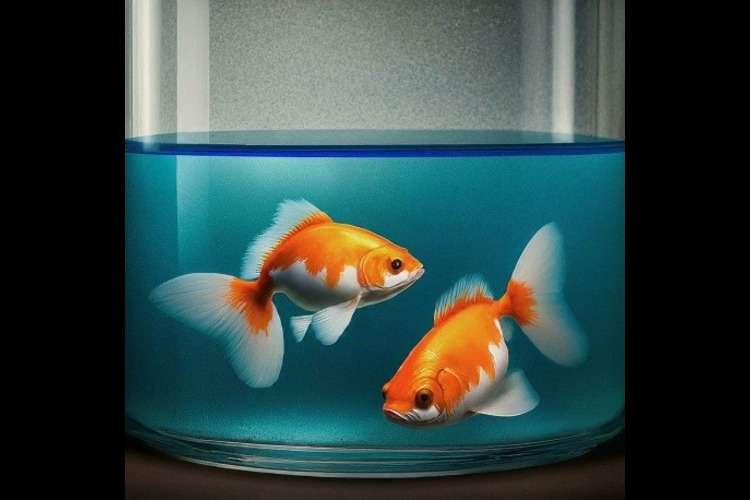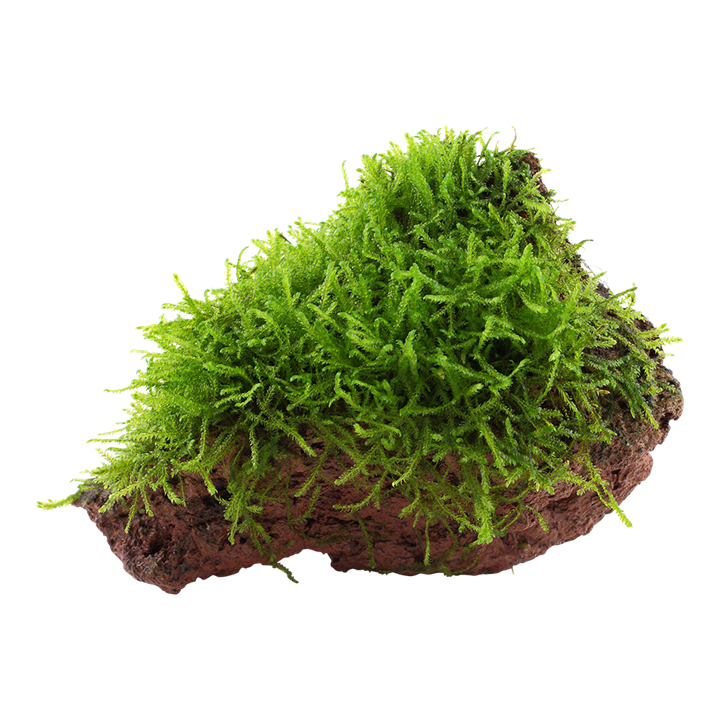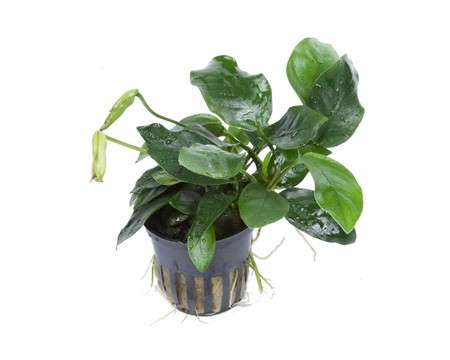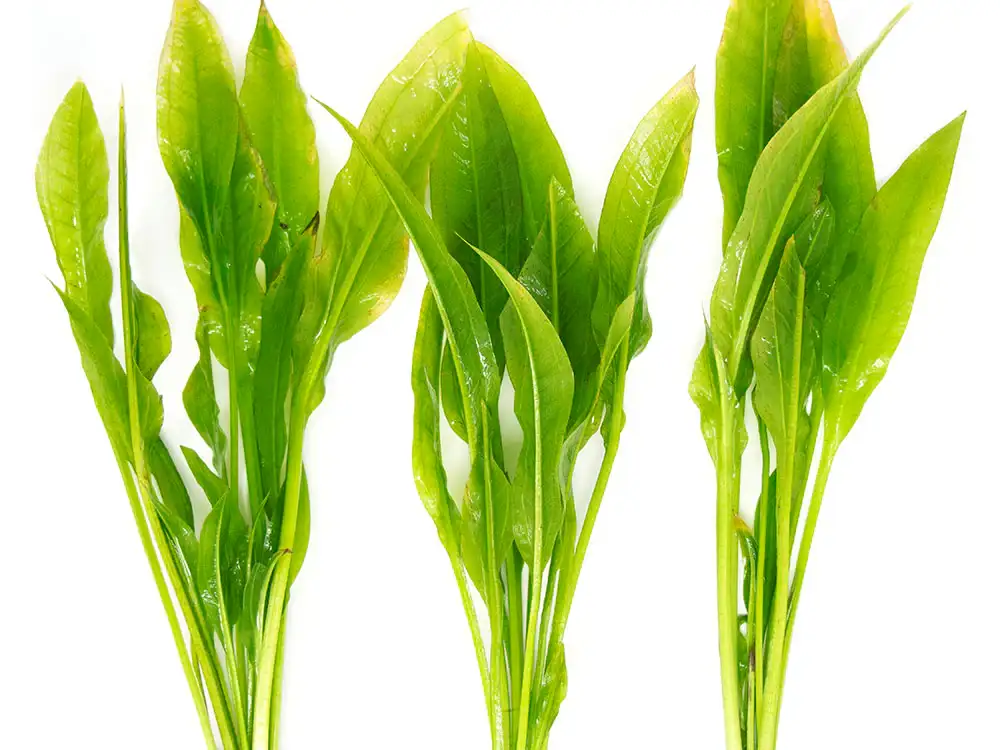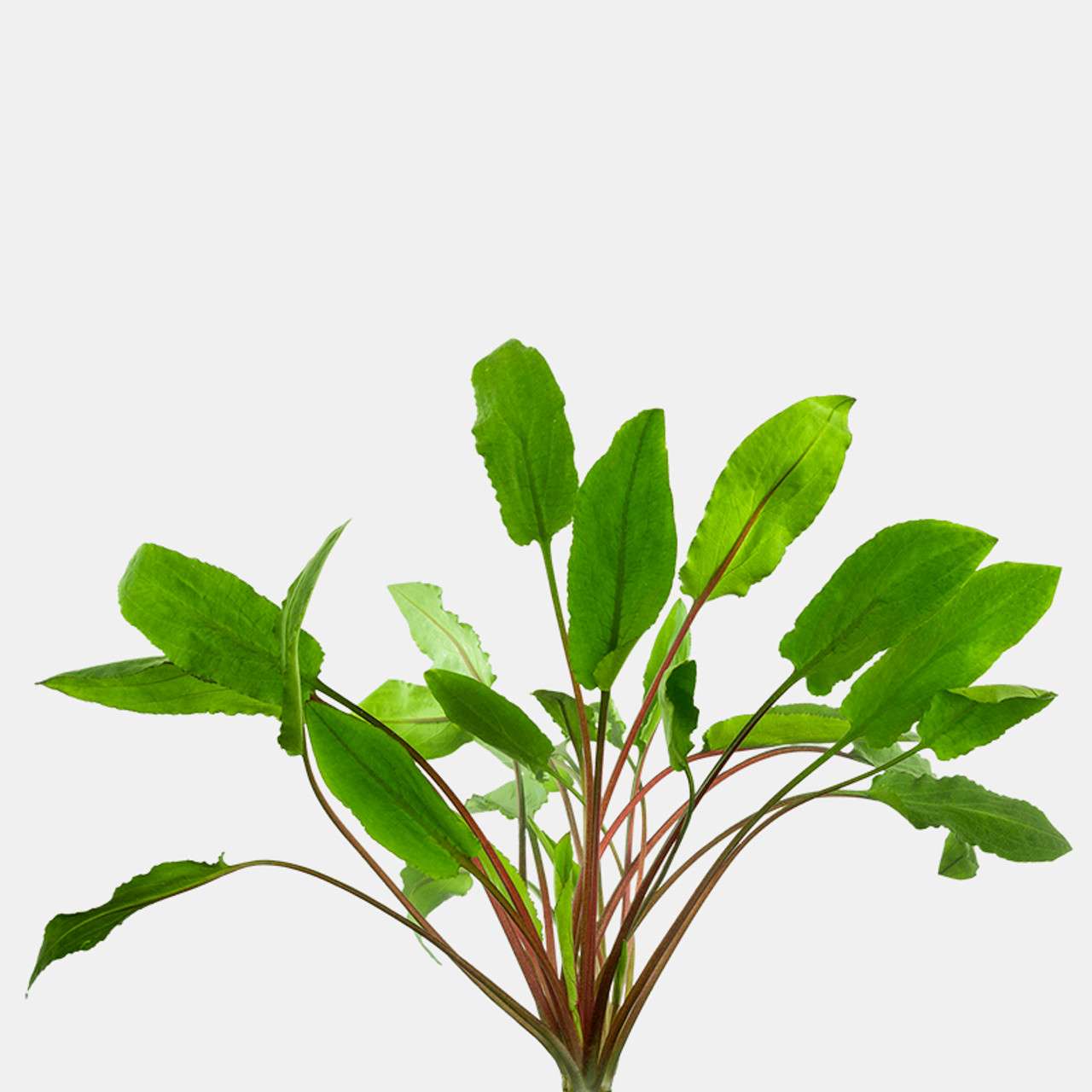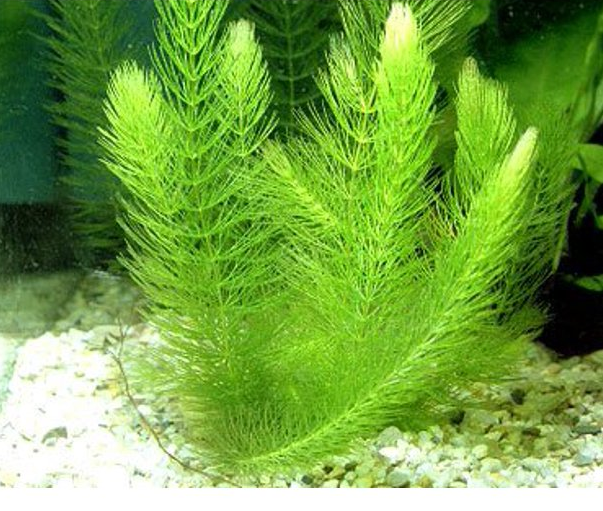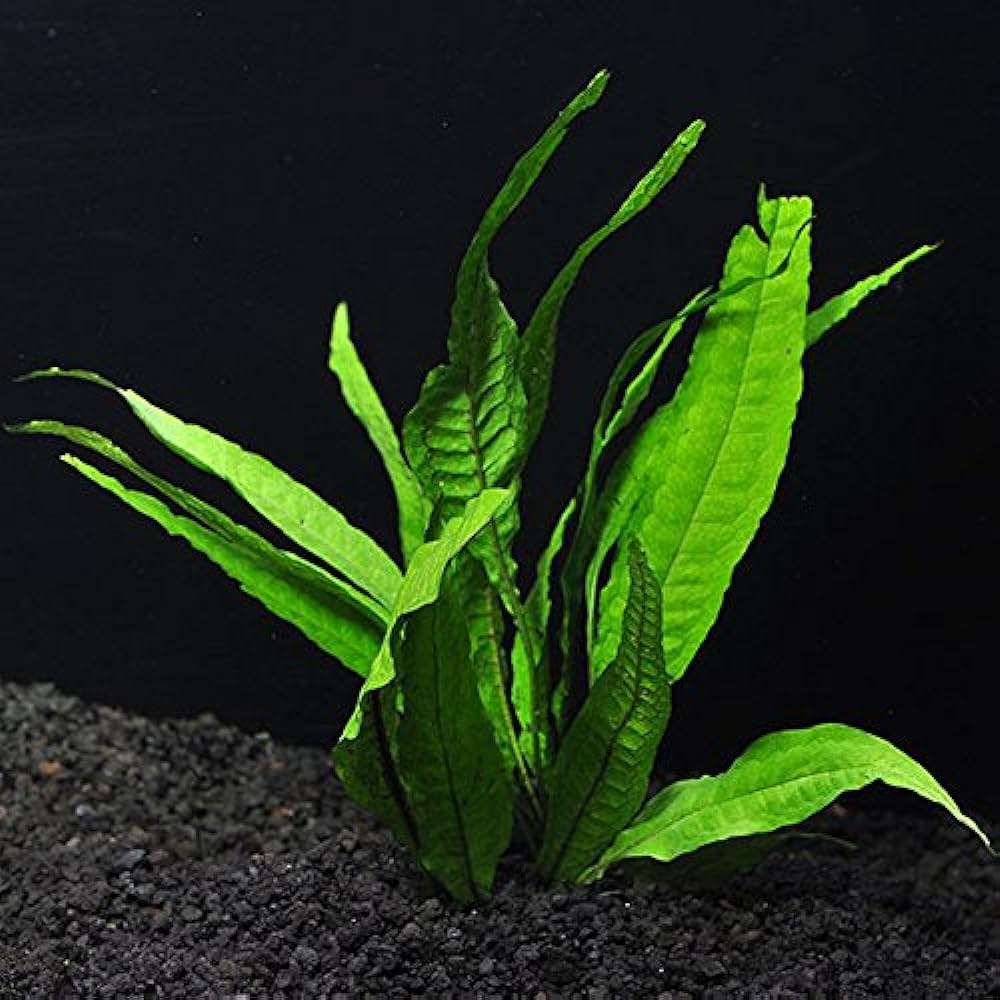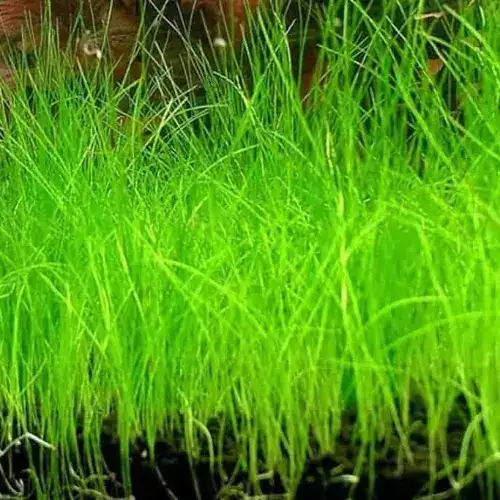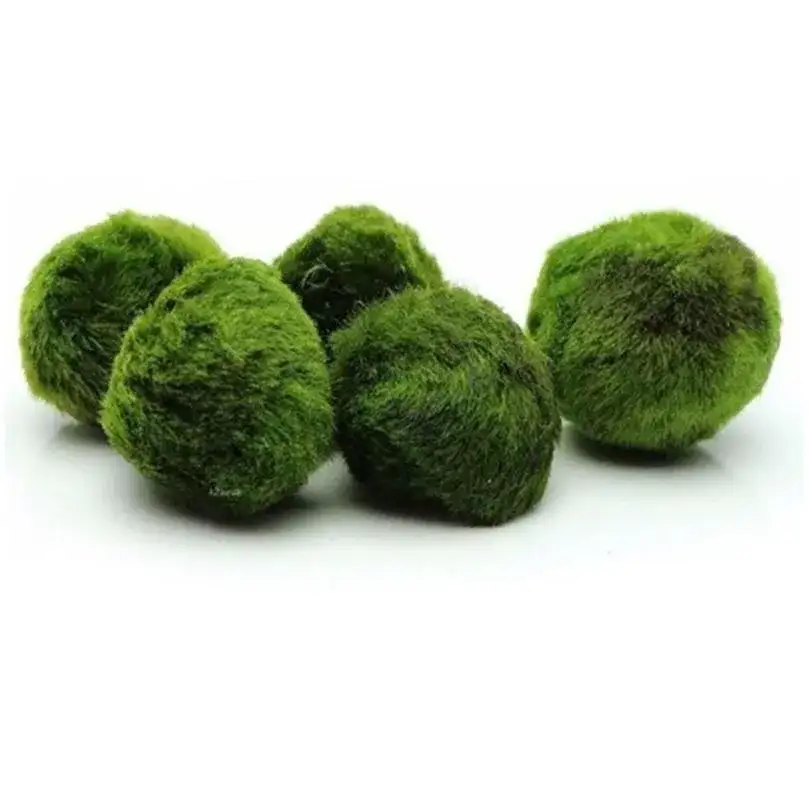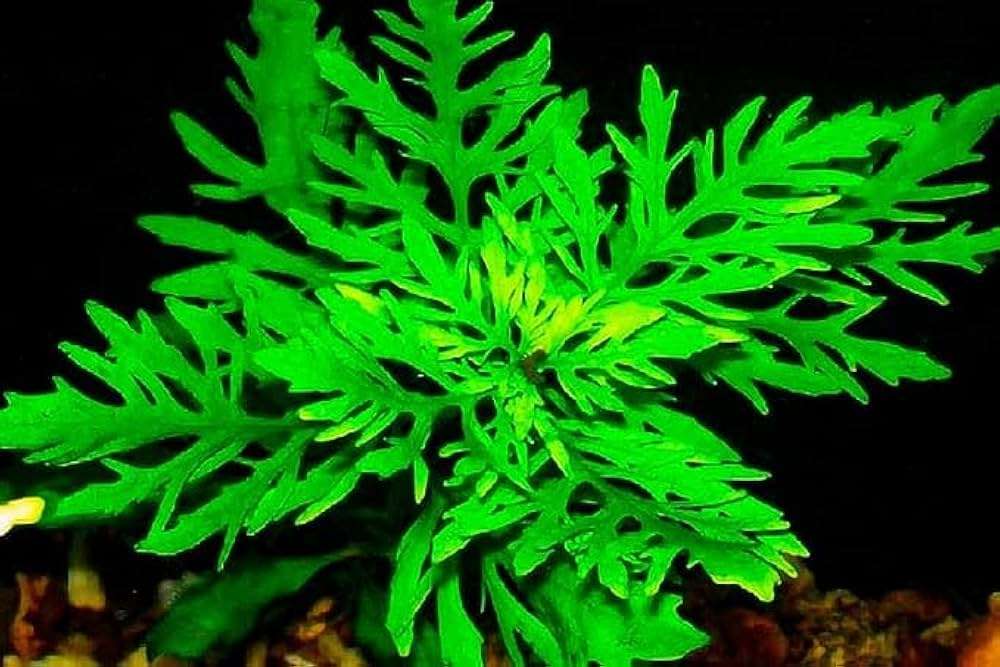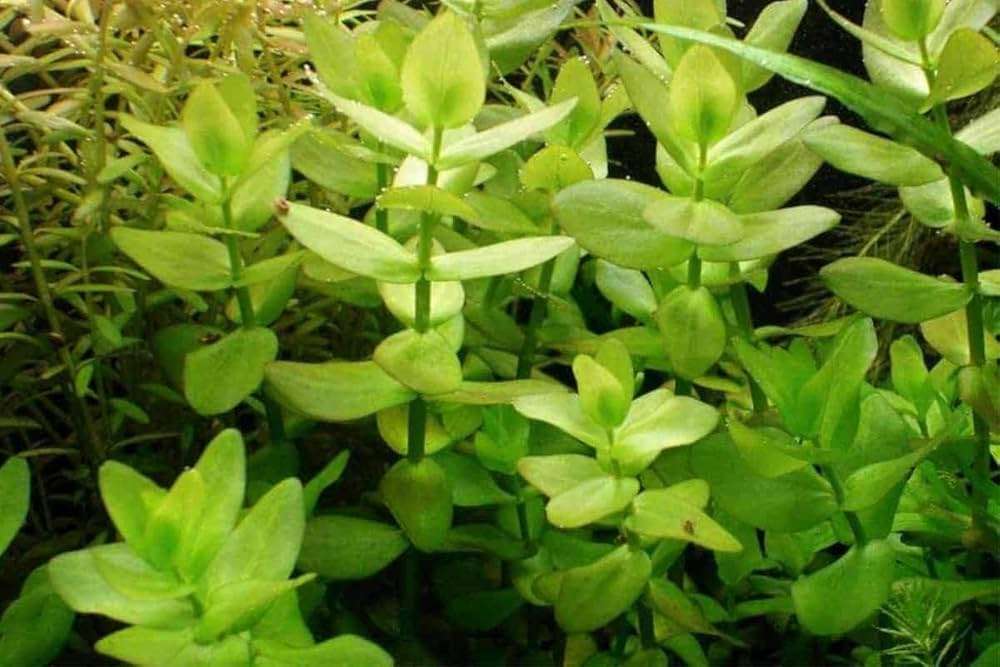Designing the Perfect Koi Habitat: Essential Tips for Healthy Fish
Koi habitat fish are not just beautiful to look at; they’re also sensitive creatures that require a carefully designed habitat to thrive.A thoughtfully designed koi pond promotes the health, activity, and vibrant colors of the fish. Whether you’re a beginner or an experienced koi enthusiast, creating the right environment for your koi is crucial for their longevity and well-being.
Choose the Right Pond Size
Koi are large, active fish that need plenty of room to swim, grow, and live comfortably. Koi are active swimmers and grow large (up to 36 inches). They need a spacious environment to thrive. The pond should have a minimum depth of 3 feet to protect koi from predators and temperature fluctuations. A koi fish pond setup should be spacious enough to accommodate the size and number of fish you plan to keep.
- Pond Depth: At least 3 to 4 feet deep to protect the koi from predators and temperature fluctuations. Deeper ponds also provide the koi with more space to swim vertically.
- Pond Size: A general rule of thumb is to allow 250-500 gallons per koi, with at least 1,000 gallons as a minimum for a small koi pond. Larger ponds allow koi to grow larger and live healthier lives.
Tip: Aim for a pond volume of at least 1,000 gallons. A larger pond not only allows for a healthier fish population but also helps maintain stable water quality.
Water Quality (Proper filtration): The Foundation of a Healthy Koi Pond
Koi produce a lot of waste, so a strong filtration system is crucial. You’ll need both mechanical and biological filtration. The mechanical filter removes debris and particles, while the biological filter breaks down harmful ammonia and nitrites into less toxic substances. Maintaining high water quality is vital for the health of koi fish. Poor water conditions can lead to stress, disease, and dull coloration.
- Filtration System: A reliable filtration system is crucial for removing waste products and maintaining a pristine aquatic environment. Biological and mechanical filtration systems are recommended to support a healthy nitrogen cycle.
- Aeration: Proper oxygen levels are crucial for koi survival. Use aerators, waterfalls, or fountains to keep the water well-oxygenated. Low oxygen levels can lead to sluggishness and health problems in koi.
- Water Testing: Regularly test for pH (ideal range: 7.0-8.0), ammonia, nitrite, nitrate, and hardness levels. Keeping these parameters stable ensures a healthy habitat for your koi.
Pond Design & Location: Create a Safe and Aesthetic Space
When designing a koi pond, location is key. Your pond should be placed in a location that receives some sunlight but also has shaded areas. Direct sunlight all day can lead to excessive algae growth and high water temperatures, which can harm your koi. A koi pond should be both functional and visually appealing. Here are key design elements to consider:
- Shelters and Hiding Places: Predators such as birds and raccoons can pose threats to koi. Provide hiding spots with plants, rocks, or tunnels for your fish to retreat into when they feel threatened.
- Gradual Slopes and Terracing: Build a pond with gradual slopes to make cleaning easier and provide varying depths for the fish to explore. Koi loves to swim up and down different levels.
- Plant Life: Aquatic plants like water lilies and lotus can help oxygenate the water, reduce algae, and offer shade to koi. However, be mindful of how much space plants take up as koi enjoy plenty of open swimming space.
Tip: Plant trees or install shade structures near the pond to provide cover, but avoid placing the pond under trees to minimize debris
Temperature Control: Keep Koi Comfortable
Koi are cold-water fish but prefer temperatures between 60°F and 75°F. Dramatic temperature fluctuations can stress koi and lead to health problems.
- Winter Care: In colder climates, koi can survive as long as the pond is deep enough to prevent freezing at the bottom. To ensure oxygen exchange, you may need a pond heater or de-icer to prevent the ice from completely freezing over.
- Summer Care: In hot weather, shade structures or floating plants help keep the water cool. Avoid temperatures above 85°F, as warm water holds less oxygen and can be harmful to koi.
Seasonal Care For Your Koi Fish: Nutrition and Care
Koi ponds need to be prepared for different seasons, especially winter and summer. In colder climates, koi can hibernate at the bottom of the pond, but you'll need to prevent the surface from freezing completely. Koi are omnivorous and will eat almost anything, from pellets to insects and even plant matter. However, a well-balanced diet is crucial for their health and color vibrancy. Koi are omnivores and need a well-balanced diet to maintain their vibrant colors and energy. Here’s how to ensure they’re getting the right nutrition:
- Premium Koi Food: Provide your koi with high-quality pellets formulated specifically for their needs. These floating pellets are rich in protein and designed to support optimal koi health.
- Seasonal Feeding: Adjust feeding frequency based on the season. Reduce feedings during colder months when koi are less active, and increase feedings during warmer months.
- Avoid Overfeeding: Overfeeding can lead to water quality issues and health problems. Feed your koi only what they can consume within 5 minutes, 2-3 times per day.
- Winter Tip: Use a pond heater or de-icer to keep a hole in the ice for oxygen exchange.
- Summer Tip: In extremely hot conditions, monitor the water temperature and use shading or a cooling system to keep the water below 85°F.
Regular Pond Maintenance
Water quality deteriorates over time due to waste buildup, so regular water changes are necessary to keep your pond healthy. Changing about 10-20% of the water every week helps remove toxins and refreshes the pond environment. Maintaining a koi pond requires regular care to ensure the environment stays clean and healthy for your fish.
- Water Changes: Perform regular water changes to dilute toxins like ammonia and nitrites. A 10-20% water change every week or two is generally recommended.
- Algae Control: Algae growth is natural, but too much can harm water quality. Use UV clarifiers or algae treatments to control excess algae.
- Pond Cleaning: Remove debris such as leaves and organic waste from the pond regularly. A pond vacuum or net can help with this task.
Conclusion: Designing a Koi Pond for Success
Designing the perfect koi habitat requires careful planning, from pond size and filtration to water quality and temperature control. By providing a well-maintained and spacious environment, your koi fish can thrive, live long, and continue to bring beauty to your garden. Remember, a healthy pond equals healthy, happy koi!


